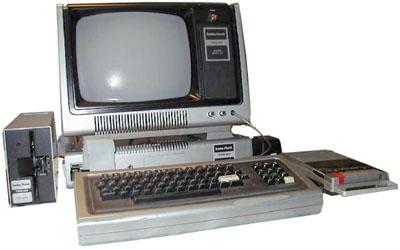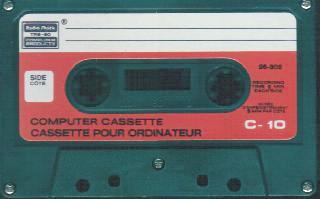UNIT SOLD = 200,000

In 1963 Charles Tandy buys the Radio Shack Corporation, for free.
-
TRS (Tandy Radio Shack) An early Tandy trade name. In 1977, the TRS-80 was one of the three first personal computers. TRS-DOS was its operating system.
- Catalog Nunber; 26-1006
- SN; 096879
- CPU; Z80
- Ram; 16K
- Level II Basic in ROM



